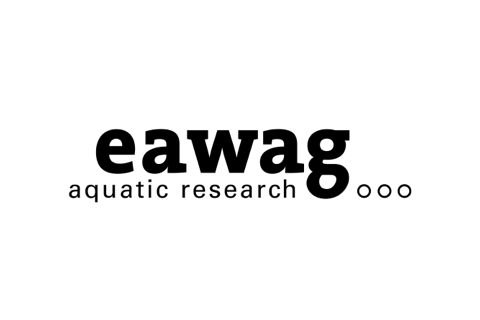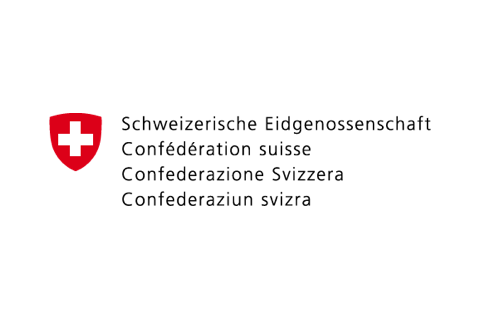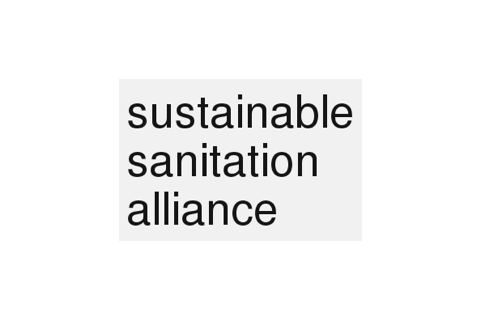A sanitation system template defines a class of sanitation systems with similar characteristics. It can be defined by using different technical factors. Each sanitation system can be assigned to one unique template.
System templates help to diversify the options that are considered in planning. Generally, only three to a maximum of eight systems can be evaluated in detail to compare their performance regarding the main evaluation criteria and to select a preferred option. To make sure that conflicts of interest are made visible in this evaluation and multi-stakeholder negotiations can take place, the discussed sanitation systems should all belong to different templates.
System Templates Characterisation
The System templates are defined by the level of centralisaton as well as some technical characteristics:
- Whether a system is dry (no flushing water) or wet (cistern or pour-flush toilets producing blackwater)
- If biofuel (pellets, briquettes, or biogas) or biomass as soil conditioner (compost, pit humus, dried faeces or sludge) is produced
- If urine is collected separately
There are three level of centralisation: onsite, decentralised and offsite (centralised) systems. Additionally, hybrid systems with both onsite storage and treatment and offsite treatment are possible.
Dry Sanitation Systems
Dry sanitation refers to sanitation systems in which faeces and excreta are not mixed with water. This results in maintaining low volumes which in return makes the handling easier.
Blackwater Systems (Wet Systems)
Blackwater sanitation refers to wet sanitation systems in which blackwater is produced and treated.
Biofuel Systems
Biofuel sanitation refers to sanitation systems in which biofuel such as biogas or briquettes is produced. This biofuel can then be used either for heating, cooking, or producing electricity.
Biomass Systems
Biomass sanitation refers to sanitation systems in which biomass such as compost, soil conditioners in the form of compost, pit humus, dried faeces or sludge are produced.
Urine Diversion Systems
Urine diversion sanitation refers to sanitation systems in which urine is collected separately at the source and is then either treated or disposed of onsite or brought to a decentralised or centralised treatment. The separate collection of the urine makes the resource recovery, mainly nutrients, as well as treatment of micropollutants easier. Moreover, faeces are kept dry what makes their handling also easier.
Onsite Systems
A sanitation system in which excreta and wastewater are collected and stored or treated on the plot where they are generated.
Decentralised Systems
Decentralised sanitation refers to a sanitation system in which the treatment of sanitation products happens at a decentralised location (usually where sewer networks are not available). Decentralised sanitation systems are designed to handle small volumes, typically the sanitation products of one to several households up to that of an entire neighbourhood.
Centralised Systems
Centralised sanitation refers to sanitation system in which the treatment of sanitation products happens at a large-scale centralised location. Centralised sanitation systems are designed to handle large volumes, typically the sanitation products from a city district or an entire city.
Hybrid Systems
Hybrid sanitation refers to sanitation systems in which some sanitation products are treated on the plot or in the neighbourhood (onsite or decentralised), and others are collected, conveyed and treated centralised (offsite).
Algorithm used to Classify Systems to Templates
To define to which template a system belongs, a number of factors are checked for the systems. Given whether these factors are true, false or not applicable, a system receives a certain footprint that will it to a given template. The factors are:
- Dry material is produced (e.g. faeces, excreta, pit humus)
- Sludge is produced
- Sludge is produced onsite
- Blackwater is produced
- Blackwater is transported
- Urine is a separate product
- Onsite storage and treatment occur (functional group S)
- Decentralised and offsite storage and treatment occur (functional group T)
- Transport of products occurs
- Biofuel is produced (pellets, briquettes, or biogas)
- Biofuel is produced onsite
- Biofuel is produced offsite
- Biomass is produced (compost, pit humus, dried faeces)
- A urinal is applied




